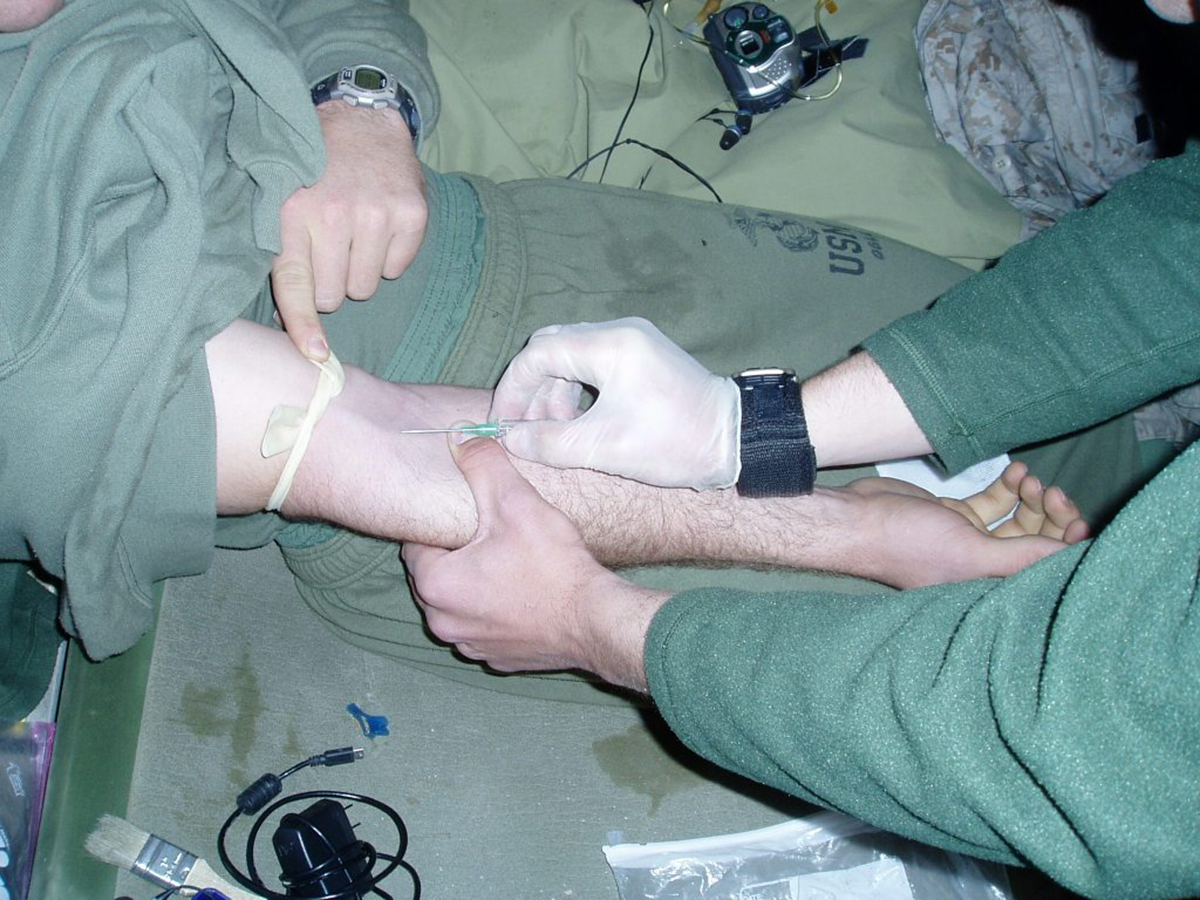Table of Contents
The management of acute pancreatitis usually comprises supportive and symptomatic treatment along with close monitoring to prevent complications. Specific treatment will vary on a case-by-case basis, depending on the cause and severity, but the general management protocol essentially remains the same.
Fluid Restoration
Fluid replacement is done immediately after the admission of the patient by maintaining an IV line (Intravenous line). The patient may be given 250-500 ml of fluid per hour for the first 24 hours. Early aggressive intravenous hydration is very important because the patient is often dehydrated because of vomiting and sweating. More importantly, rehydration protocols prevent hypovolemic shock, which is a fatal complication of severe acute pancreatitis.

NPO And Nutritional Support
Most acute pancreatitis patients are kept NPO (nothing per oral), that is they should not eat anything for a few days. This is advised because food intake can stimulate the release of even more pancreatic enzymes.
Nutritional support is therefore very important in this case. The doctor will insert a feeding tube through your nose and then endoscopically guide it to the small intestine. This is called Naso-enteric feeding. Total Parenteral Nutrition (TPN) is another method of feeding, in which all the nutrients are directly injected into the blood, bypassing the digestion. This method is becoming less popular due to chances of infection.
Pain Control
This is the most important part of the management, because most patients are in continuous agonizing pain. Terrible pain is the most predominating symptom of acute pancreatitis, and therefore it should be managed immediately with strong analgesics.
Parenteral narcotics like opioids are the generally used for this purpose. These drugs are usually administered intravenously. Patient-controlled analgesia pumps are often used, especially in case of severe pain. Examples of commonly used opioid analgesics in acute pancreatitis are meperidine, fentanyl, morphine and hydromorphone. Fentanyl and meperidine are more commonly used now days due to their slightly better safety profile.
When the symptoms start to improve after the initial aggressive treatment, the dose of the opiates is gradually tapered off and then Non-steroidal anti-inflammatory drugs (NSAIDs) are used for pain relief.
Antibiotics
Antibiotics are only advised if an extra-hepatic infection is suspected. Otherwise, the use of antibiotics is not recommended. If the cultures are negative and no infection is suspected, antibiotics should be discontinued.
After the initial supportive and symptomatic treatment, a specific cause of pancreatitis is determined and further treatment is planned accordingly. The most common causes of acute pancreatitis are gallstones and alcohol abuse.
ERCP
Endoscopic Retrograde Cholangiapancreatography or ERCP is a procedure in which an endoscope is used to have a look at your bile ducts and pancreatic ducts. ERCP has both diagnostic and therapeutic purposes. It is performed to confirm the presence of gallstones, and can also be used to remove small gallstones.
Surgery
If the cause of pancreatitis turns out to be gallstones, a surgery is performed to remove your gallbladder (cholecystectomy). This surgery is be performed during your stay at the hospital. Surgery is also indicated in severe cases of infected necrotizing pancreatitis in which the necrotic debris (dead tissue) is removed (Necrosectomy).
READ What To Expect When You Have Your Gallbladder Taken Out
Other Measures
If the cause of acute pancreatitis is alcohol abuse, the patient is asked to completely avoid alcohol after the treatment. The patient may be advised counseling and support groups because abstinence from alcohol is very important in these cases.
In short, acute pancreatitis is a common condition that can be managed successfully in cases of early diagnosis and treatment. Because it can indeed be fatal if left untreated, it is important to seek medical treatment if you notice symptoms.
- Photo courtesy of dsearls via Flickr: www.flickr.com/photos/docsearls/2603129684
- Photo courtesy of nukeit1 via Flickr: www.flickr.com/photos/nukeit1/5480425

